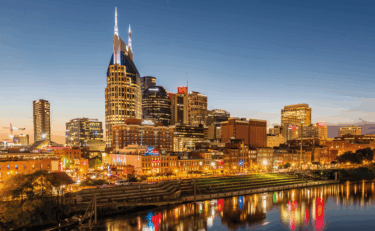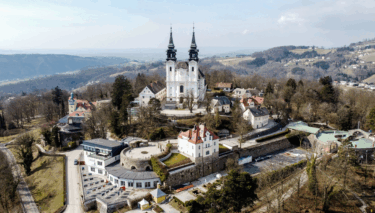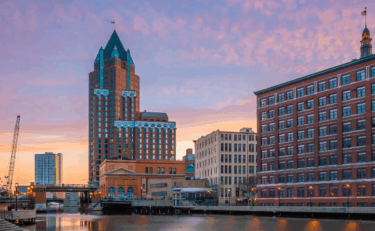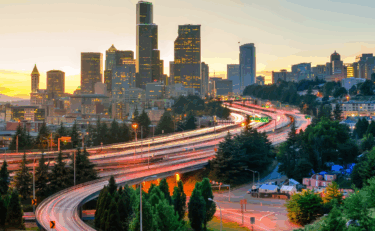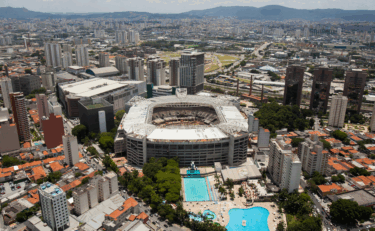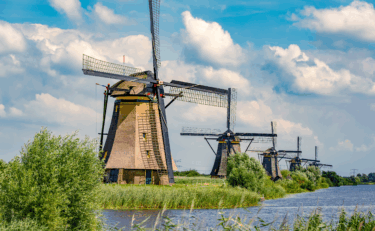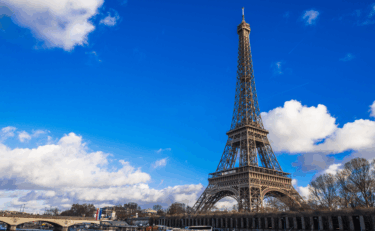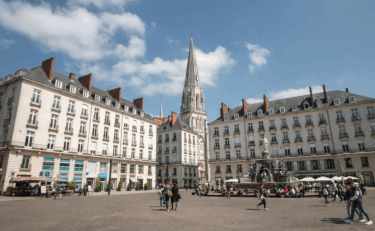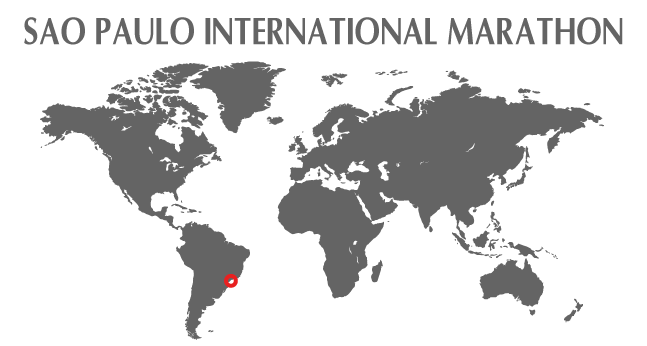
五感を震わせ、歴史と現代が交錯するサンパウロ、42.195kmの夢
サンパウロインターナショナルマラソンは、ブラジル最大都市の躍動を体感できる都市型マラソンの祭典です。毎年4月に開催され、イビラプエラ公園周辺をスタート・フィニッシュ地点とし、アヴェニダ・パウリスタや歴史地区など、サンパウロの主要なランドマークを巡る42.195kmの壮大な旅。
沿道を埋め尽くす観客の熱い声援と、サンバのリズムがランナーの背中を力強く後押しします。まるで街全体が一体となって応援してくれるような、忘れられない感動と達成感が待っています。
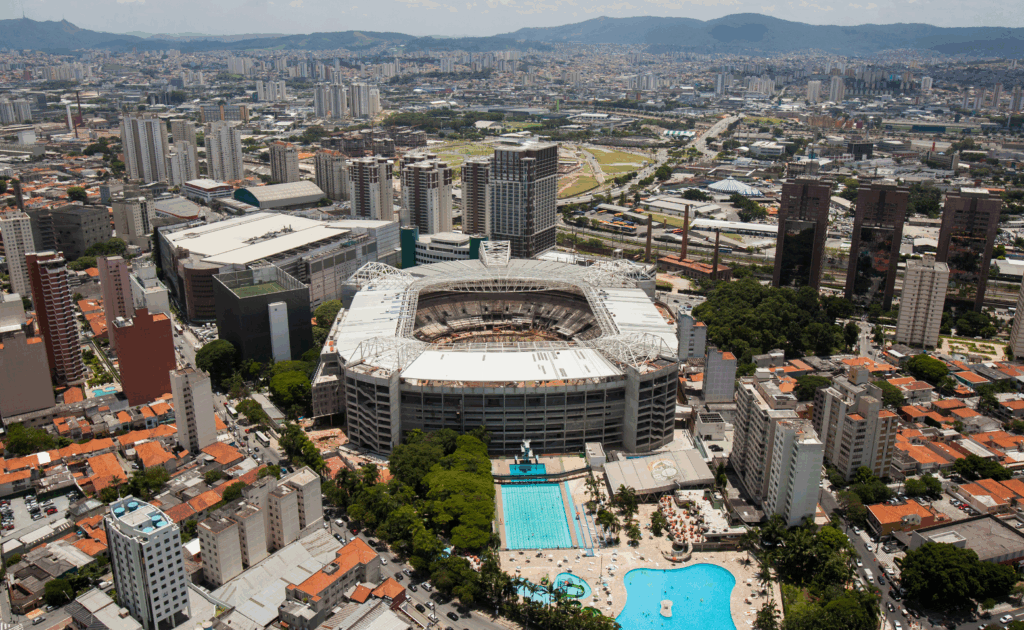
サンパウロインターナショナルマラソン:五感を揺さぶる42.195kmの旅
サンパウロインターナショナルマラソンは、単なるレースではありません。それは、サンパウロの活気あふれる通りを巡る、忘れられない冒険です。多様な文化が息づくこの街で、世界中のランナーと共に限界を超え、あなたの物語を刻みましょう。
コース概要
スタート地点
感動の旅は、イビラプエラ公園近くから始まります。広々とした公園周辺からスタートラインに並ぶランナーたちには、サンパウロの都会的な景色と、木々の緑が広がる穏やかな光景が広がります。序盤は比較的フラットな区間が多く、落ち着いてペースを掴むことができます。
コース途中の見どころ
サンパウロインターナショナルマラソンのコースは、多様な景色と熱狂的な応援でランナーを魅了します。
・アヴェニダ・パウリスタ:サンパウロの金融と文化の中心地であるアヴェニダ・パウリスタは、その広々とした道幅とモダンな建築で知られています。沿道には多くの観客が集まり、熱狂的な声援がランナーを包み込みます。この象徴的な通りを駆け抜ける爽快感は格別です。
・歴史地区:コースはサンパウロの歴史地区も通過します。コロニアル様式の美しい建築物や歴史的な教会が立ち並び、タイムスリップしたような気分を味わえます。活気ある市場やカフェの賑わいが、ランナーに新たな活力を与えるでしょう。
・坂道と起伏:サンパウロは全体的に起伏のある地形をしており、コース中には挑戦的な坂道が点在します。特にアヴェニダ・ブリガデイロ・ファリア・リマ周辺や、歴史地区から中心部に戻る途中に緩やかな上り坂があります。これらの区間は戦略的なペース配分が重要となりますが、坂を上り切った先には達成感と新たな景色が待っています。
フィニッシュ地点
壮大なイビラプエラ公園内でフィニッシュ!活気あふれるサンパウロを完走した達成感と、ゴールラインであなたを待つ無数の歓声が、最高の思い出となるでしょう。
高低差と気候
・高低差:コース全体の高低差は、サンパウロの起伏に富んだ地形を反映しています。獲得標高は約300m〜400m程度、累積下降標高も同程度となることが多いです。最高地点と最低地点の差は約100mほどで、特にアヴェニダ・パウリスタ周辺や市中心部へのアクセス時には緩やかながらも長い上り坂があります。終盤にもいくつかの緩やかな起伏がランナーを試します。
・気候:大会が開催される4月のサンパウロは、秋の始まりで比較的穏やかな気候となります。平均気温は18〜25℃で、湿度は中程度です。日中は日差しが強いこともありますが、ランニングには概ね適した条件となることが多いです。
参加者からの声
・「期待をはるかに超える体験でした。レース中ずっと笑顔が止まりませんでした!」
・「沿道の応援が本当に素晴らしかった。最高の時間でした!」
・「アヴェニダ・パウリスタを駆け抜ける興奮は一生忘れません。」
・「歴史地区の風景は、まるでタイムスリップしたようでした。」
・「まるでサンパウロ全体が、ランナーたちを抱きしめてくれているようでした。」
・「42kmの間、まるで街の主役になった気分でした。こんなレースは二度と経験できないでしょう。」
・「何千人ものランナーと一緒に走るエネルギーと興奮、そして困難を乗り越えるランナーたちからのインスピレーション、そして素晴らしい観客の存在が、この体験を本当に特別なものにしてくれました。」
・「名前を叫んでくれる観客の応援は本当に感動的でした(シャツに名前を入れて走ることを強くお勧めします!)。」
攻略法
サンパウロインターナショナルマラソン攻略の鍵は、序盤のイビラプエラ公園周辺でリズムを作り、アヴェニダ・パウリスタの活気ある大通りを快適に駆け抜けることです。コース中盤から終盤にかけて現れるいくつかの坂道に備え、戦略的なペース配分を心がけましょう。特に市街地の緩やかなアップダウンを意識した走りが重要です。気候はランニングに適していることが多いので、自身の力を最大限に発揮できるでしょう。
サンパウロインターナショナルマラソンは、五感を震わせる42.195kmの旅。世界中のランナーと共に、熱狂的な声援が響き渡る都市を駆け抜け、人生最高の感動と達成感を味わいませんか?
2025 サンパウロインターナショナルマラソン サマリー
・日時:2025年4月7日
・完走者数:-
・完走者平均タイム:-
MEN
1:Charles Boay Sulle:2:13:22
2:Vestus Cheboi Chemjor:2:14:22
3:William Kibor:2:18:04
4:Ederson Vilela Pereira:2:18:52
5:Melquisedeque Messias Ribeiro:2:19:23
6:Rafael Leôncio Da Silva:2:24:01
7:Hiago Silva De Oliveira:2:24:47
8:Renilson Vitorino Da Silva:2:24:49
9:Michael De Paula Passos:2:28:11
10:Fabricio Gomes:2:29:36
WOMEN
1:Vivian Jeftanui Kiplagat:2:39:17
2:Haregeweyni Hads Alemayehu:2:45:57
3:Natalia Elisante Sulle:2:46:58
4:Eulália Dos Santos:2:56:48
5:Juliana Pereira Da Silva:2:58:40
6:Solange Maria Mariano:3:00:55
7:Raquel Aparecida Pereira:3:06:20
8:Thaís Ribeiro Vieira:3:14:28
9:Renata Moreno Dos Santos:3:14:28
10:Vanderleia Moraes De França:3:16:27

2026 サンパウロインターナショナルマラソン
サンパウロを駆け抜け、自分を超えろ。42.195kmが、新たなあなたを解き放つ
・場所:イビラプエラ公園周辺(サンパウロ)
・日時:2026年4月12日
・スタート時間:午前7時

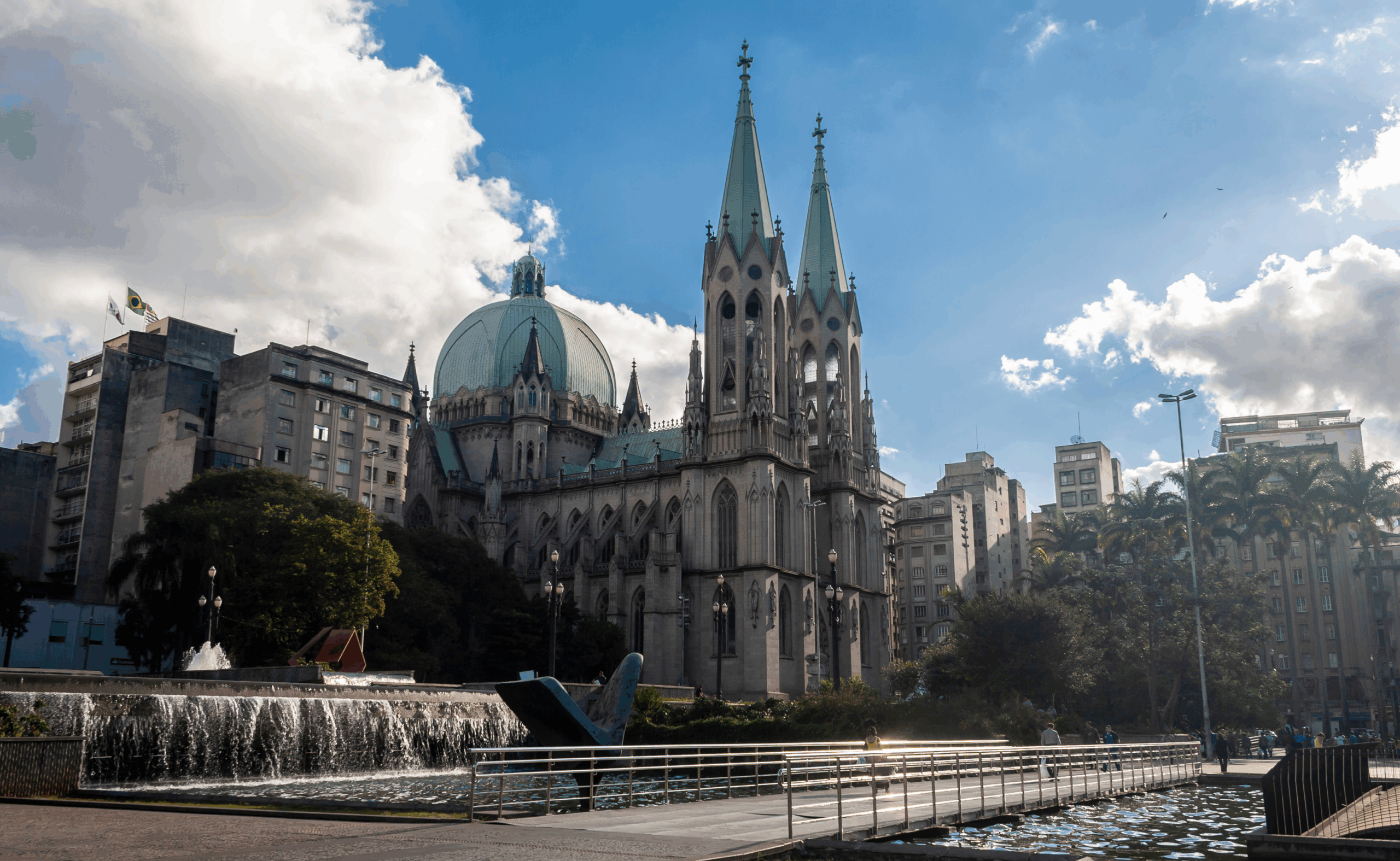
サンパウロ:躍動する南米の心臓、多様性のるつぼ
サンパウロ、それは南米最大の都市であり、多様な文化と活力が交錯する「眠らない街」です。摩天楼と歴史的建造物が共存し、訪れる者の心を瞬時に捉えます。アヴェニダ・パウリスタの賑わい、リベルダーデ地区の東洋文化、そして活気ある市場の熱気まで、サンパウロは尽きることのない発見と感動に満ちています。
多種多様な人々が暮らし、世界各国の料理が楽しめます。ストリートアート、最先端のアートを発信する美術館、そして活気あるナイトライフ。イビラプエラ公園の広大な緑地がもたらす都会のオアシスでリラックスすることもできます。
常に変化し続けるこの街は、訪れるたびに新たな顔を見せてくれます。クリエイティブなエネルギーに満ち、無限の可能性を秘めたサンパウロは、誰もが「自分だけの物語」を見つけられる場所。一度訪れれば、その魅力の虜になり、何度でも戻ってきたくなる、そんな特別な街です。
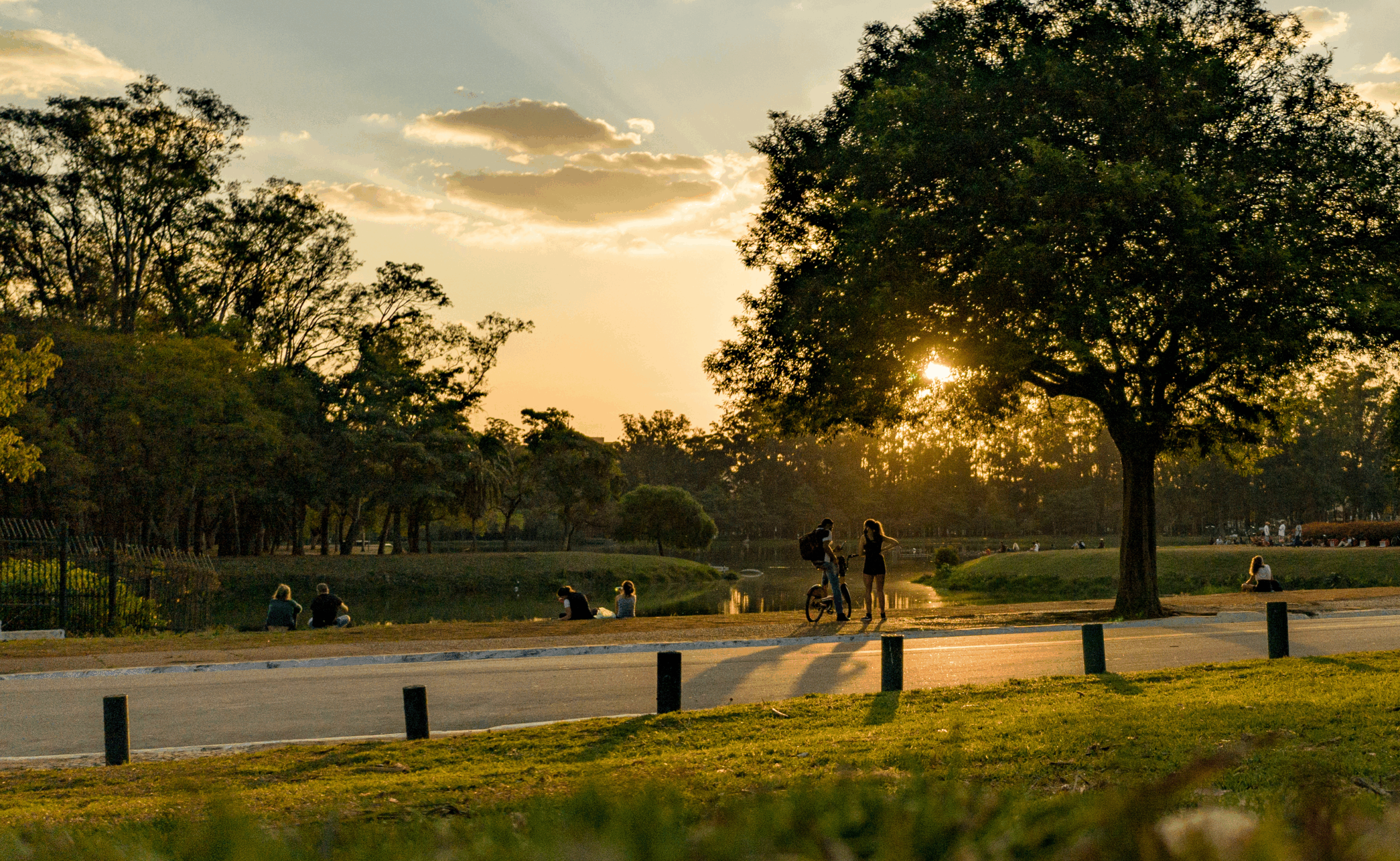
ウォーキングで外でのエクササイズに慣れたら、今度はランニングに挑戦してみませんか!ウォーキングは、時速4~6キロメートル…
ウォーキング・ランニング人口の増加に伴い、ランニングフォームやシューズなどこだわりが増大中!自分に合った走法を見つけよう…



